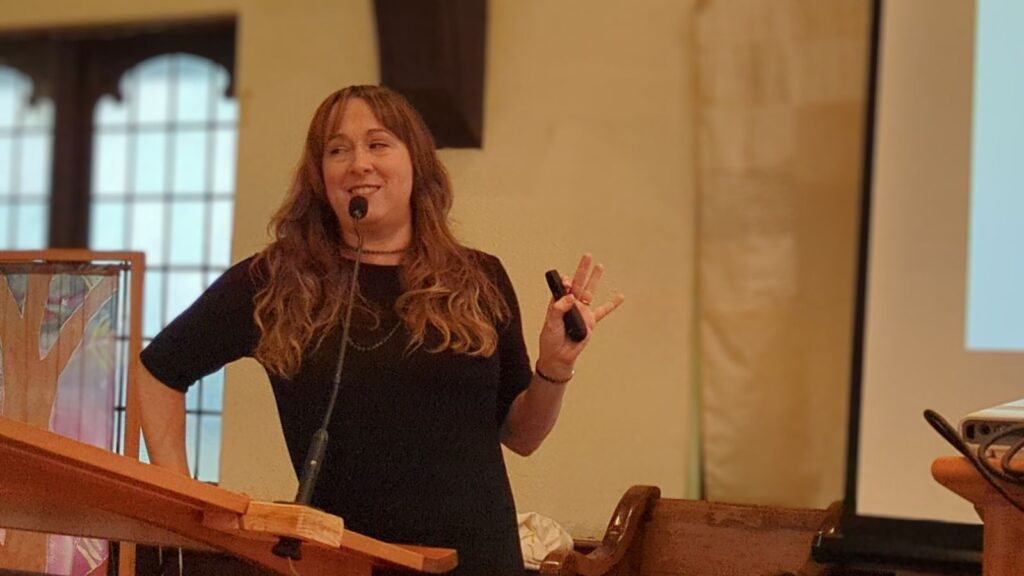In the midst of a housing shortage and fresh off the heels of a 16-month teacher contract dispute and two-week strike, Newton for Everyone on Thursday night hosted a presentation on how housing impacts school budgets.
Guest speakers were Elise Rapoza, author and senior research associate with MassINC, and Luc Shuster, executive director of Boston Indicators.
The discussion will be available on YouTube. For now, here are a few highlights:
Inflation gives a double hit
The past few years have been met with price inflation that has hobbled families and municipal budgets nationwide. And it’s made it even more difficult to address the mental health crisis brought on by the COVID-19 pandemic.
“Education has really put a strain on budgets, because it’s gotten a lot more expensive,” Rapoza said. “This is largely due to inflation and a quirk in the way the state reimburses communities for their education expenses that doesn’t fully account for inflation when it exceeds a certain percentage.”
At the same time, Rapoza continued, schools are expected to do more than before to offset learning loss and mental health issues related to the pandemic.
“Where is that money going to come from?” Rapoza asked.
Cost vs. revenue
Rapoza listed some ways cities and states can increase revenues, including meal taxes, property transfer taxes and fees and, of course, new housing.
“Does the additional revenue you get from building more housing actually offset the costs of educating the students who live in that housing?” Rapoza asked.
In her previous role at UMass Dartmouth, Rapoza and fellow researcher (and Newton native) Michael Goodman looked into that very question, and the findings indicate that more housing means a net fiscal gain for budgets.
Using a representative sample of housing built in Massachusetts between 2014 and 2016, Rapoza and Goodman found that most communities see a net gain for their school budgets with high-density housing.
Their findings don’t address, however, increased costs for police departments and infrastructure maintenance that new housing bring.

Smart Growth District?
Another option Rapoza discussed can be found under Massachusetts Chapter 40R, which pertains to Smart Growth districts.
The Smart Growth Zoning Overlay District Act of 2004 makes communities eligible for certain finances if they zone for dense, mixed-use development that includes affordable housing.
Newton recently passed the Village Center Overlay District to comply with a similar, more recent state law—the MBTA Communities Act—but the City Council removed half the city’s villages from that higher-density rezoning plan in a compromise between councilors who supported the rezoning ordinance and those who opposed it.
Creating Smart Growth Districts in the city would open the way for more state funds.
“f you’re zoning for new housing, if you’re creating Smart Growth District under 40R, you’ll get money up front for planning for that, you’ll get money for each unit of housing built,” Rapoza said.
Is bigger better?
Shuster (Boston Indicators) said the economic case for new housing developments is “a slam dunk.”
“They lead to all sorts of revitalization of downtowns, bringing new customers to local businesses,” Shuster said. “Net new housing construction, when it’s done at large enough of scale, absolutely helps reduce housing costs for other people who want to live there.”
Shuster said that research shows multifamily housing developments have an even bigger net gain for budgets than single-family home developments do.
“[Multifamily homes] often tend to have smaller households living in them,” he said.
The moral argument
Shuster said that while new housing in a financial benefit for communities, housing advocates should include a moral argument in the push for increased housing development.
He pointed to exclusionary zoning policies of the 20th century throughout America, which were often crafted with racist and classist intent.
“Zoning is putting on paper what is prohibited from existing in your community, and suburbs across Greater Boston and across the country, used zoning as a tool for excluding undesirable groups,” Shuster said. “And there’s no surprise as to why we have such a pattern of residential segregation across the region.”